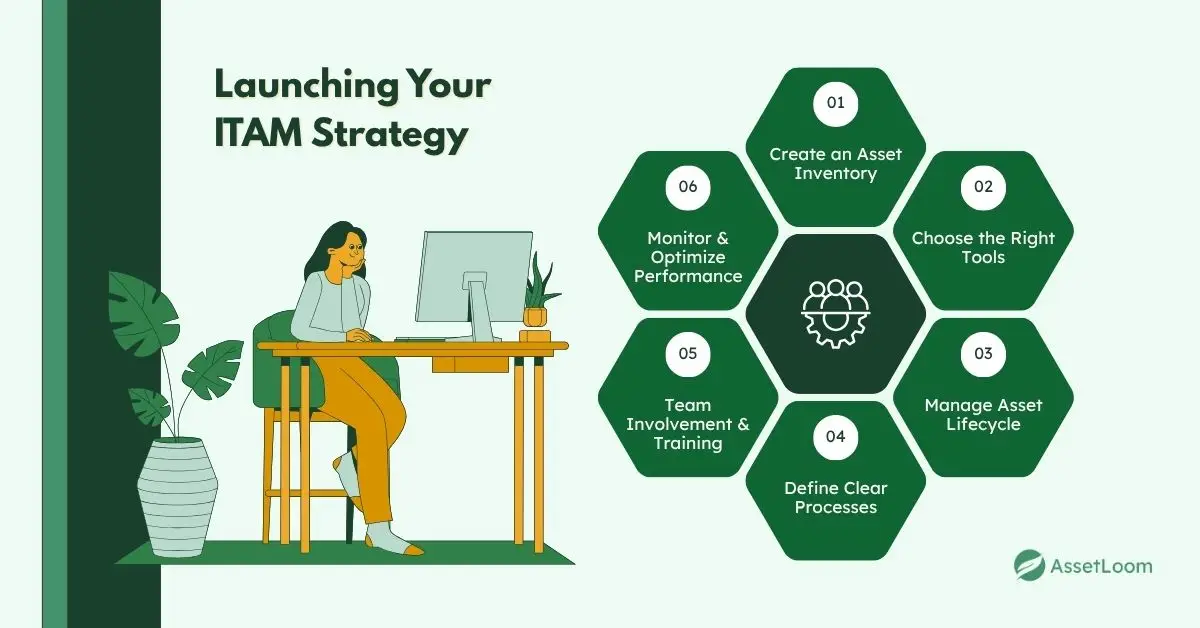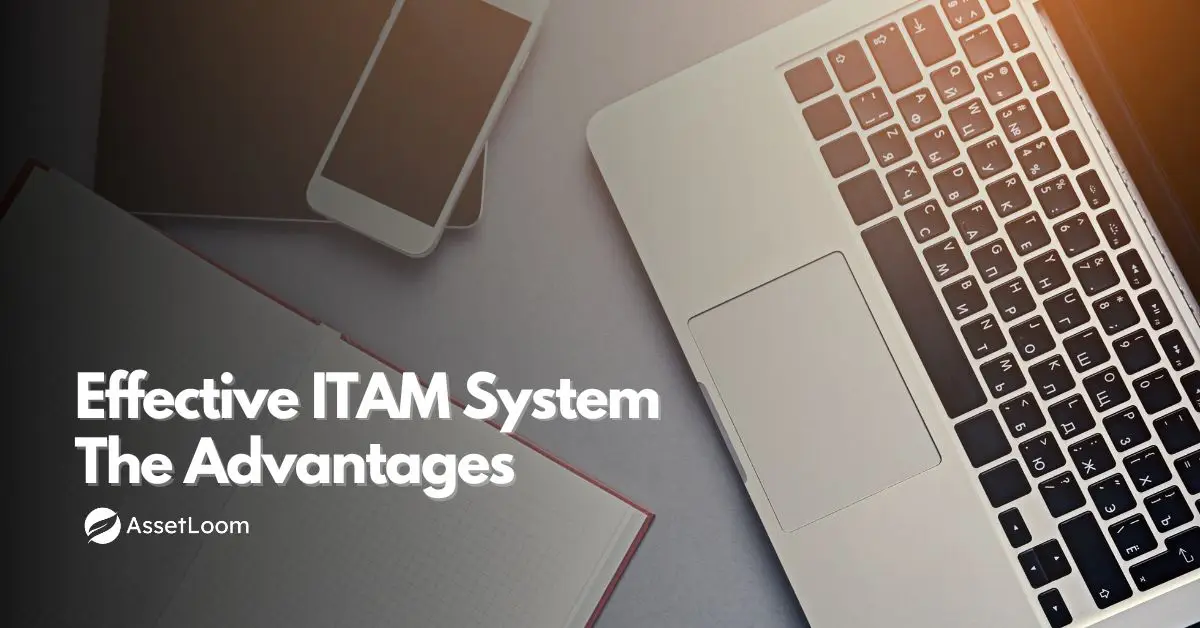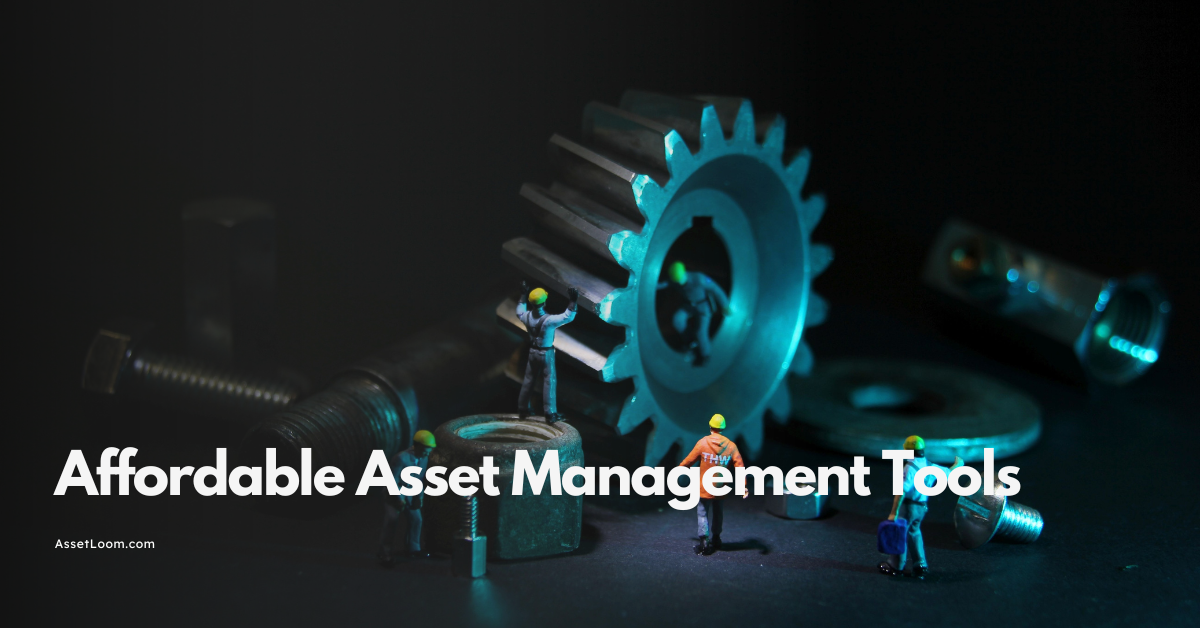The Secret Sauce to IT Asset Management Strategy
Unlock the key to a winning IT asset management strategy that boosts efficiency and cuts costs.
What if managing your IT assets could be as simple as a few clicks, and as powerful as unlocking hidden value? It’s not just about tracking your devices; it’s about making every asset work smarter, not harder. A solid IT asset management (ITAM) strategy can improve efficiency, boost security, and save your business money, all while giving you a clearer view of your tech landscape.
Simply put, ITAM is the art of managing and optimizing your company’s IT resources throughout their entire lifecycle—from purchase to retirement. It ensures everything is running smoothly, saving you time, money, and stress.
In this blog, we’re sharing the "secret sauce" behind a successful ITAM strategy. Whether you want to cut costs, streamline operations, or level up your security, we’ve got the insights you need. Ready to turn your IT assets into a business powerhouse? Let’s dive in!
The Secret Ingredients to a Killer ITAM Strategy
IT Asset Management (ITAM) is more than just tracking devices or managing software licenses—it’s the backbone of a well-organized, efficient, and cost-effective IT environment. But what really makes an ITAM strategy stand out? What’s the “secret sauce” that ensures it doesn’t just meet the bare minimum, but actually drives real business value?
The answer lies in a combination of proactive management, automation, integration with broader business functions, and a focus on security and compliance. Here’s how you can apply these key ingredients to create a truly successful ITAM strategy:
1. Proactive Asset Optimization
The foundation of any great ITAM strategy is optimization. You don’t just want to track your assets; you want to get the most out of every asset you have. This is the first secret ingredient to success.
Actionable Tip:
- Regular audits are essential for identifying unused or underused assets. Start by reviewing your hardware and software to determine if they’re being utilized effectively.
- Repurpose or retire assets that are no longer serving their purpose. For example, instead of buying new equipment, consider redeploying old but functional devices to teams that need them.
- Optimize software licenses by deactivating unused ones and consolidating versions to cut costs and reduce complexity—this is where software license management comes into play.
Why It Works:
Optimizing assets ensures you’re not over-purchasing or underutilizing your IT resources. It reduces waste, extends the life of your hardware, and keeps your software licenses in check—all of which lead to significant cost savings over time.
2. Automation to Scale
One of the most powerful tools in any ITAM strategy is automation. Manual processes are prone to human error, time-consuming, and not scalable. If you want to scale your ITAM efforts as your business grows, automation is a must.
Actionable Tip:
- Automate asset discovery: Implement tools that automatically scan your network and add new devices to your asset inventory as soon as they connect.
- Set up automatic audits: Use tools that automatically track your software usage and notify you when licenses are nearing expiration or when software updates are required.
- Automate reporting: Streamline your ITAM reporting process by using automated systems to generate compliance reports and asset health checks.
Why It Works:
Automation minimizes errors, saves time, and ensures that your asset data is always up-to-date. This allows your IT department to focus on more strategic tasks while also ensuring your ITAM processes remain accurate and efficient.
3. Align ITAM with Business Goals
A winning ITAM strategy isn’t isolated from the rest of your business—it should be integrated into your broader organizational goals. When ITAM is aligned with business priorities, it directly contributes to achieving those objectives, whether it’s cost savings, improved security, or operational efficiency.
Actionable Tip:
- Integrate ITAM with procurement: By connecting ITAM with your purchasing processes, you can ensure that your team only buys what’s needed and that all new purchases are tracked from the start.
- Link ITAM to finance: Work with your finance department to track the total cost of ownership for each asset, from purchase to maintenance to disposal. This gives you a clearer picture of the financial impact of your assets.
- Involve leadership: Ensure your leadership team understands how ITAM aligns with and supports the company’s growth strategy. This will help gain buy-in and ensure the right resources are allocated to ITAM initiatives.
Why It Works:
When ITAM is aligned with business goals, it becomes a strategic asset rather than just a tactical tool. It helps businesses make smarter decisions, avoid unnecessary spending, and support their growth initiatives more effectively.
4. Focus on Security & Compliance
Security and compliance are non-negotiables in today’s business world. A well-executed ITAM strategy helps ensure that your assets are secure, up-to-date, and compliant with industry regulations.
Actionable Tip:
- Track hardware and software vulnerabilities: Regularly review your assets to ensure that devices are patched and software is updated to protect against security threats.
- Maintain an accurate software license inventory: Ensure you’re not using unlicensed software, which could lead to compliance violations and costly fines.
- Use ITAM to prepare for audits: Set up automated compliance reports that track your software usage and license status, making audits quicker and less stressful.
Why It Works:
Security breaches and compliance issues can have serious financial and reputational consequences. By using ITAM to stay on top of software versions, asset maintenance, and license compliance, you reduce risks and ensure your business is operating within the bounds of the law.
5. Data-Driven Decision Making
An often overlooked aspect of ITAM is the data it provides. When used correctly, the data you gather from your ITAM strategy can help you make smarter, more informed decisions about future investments, technology upgrades, and resource allocation.
Actionable Tip:
- Use ITAM data to forecast IT needs: Analyze trends in asset usage to determine when it’s time to upgrade hardware or purchase new software.
- Track asset performance: Keep an eye on the performance and reliability of your IT assets to help guide purchasing decisions. If certain assets are constantly being repaired or are underperforming, it’s time to consider alternatives.
- Evaluate total cost of ownership (TCO): Use ITAM data to calculate the TCO of your assets, including maintenance and operating costs, to ensure you’re maximizing ROI.
Why It Works:
By leveraging data, you can avoid blind spots and make informed decisions that improve both the efficiency of your IT department and the bottom line of your business. Data-driven ITAM strategies allow you to optimize resources, reduce waste, and invest in the right technology at the right time.

Real-World Impact: Case Studies of ITAM Success
IT asset management (ITAM) isn’t just a buzzword; it’s something that can drive real, tangible results for your business. Don’t just take our word for it—let’s take a look at a couple of examples to see the difference a solid ITAM strategy can make.
Take a global tech company, for example. By implementing a streamlined ITAM strategy, they were able to optimize their software licenses and identify unused assets across the business. The result? A 25% reduction in annual software spending, equating to millions of dollars saved. Not only did they free up budget for new innovations, but they also significantly reduced their risk of non-compliance with licensing agreements, which could have cost them hefty fines.
Another example comes from a financial services firm that integrated ITAM into its security strategy. With better visibility of their assets, they could pinpoint devices that weren’t patched or running outdated software. The company reduced its security incidents by 40% within the first year, avoiding potential breaches and protecting sensitive customer data. This proactive management not only saved them from costly security incidents but also improved their reputation as a secure, compliant business.
These are just two examples of how a strong ITAM strategy can directly impact cost savings, security, and overall efficiency. By tracking and optimizing your IT resources, you’re ensuring that every asset is working for you—and not against you.
Getting Your ITAM Strategy Off the Ground
Ready to kickstart your ITAM strategy? It’s easier than you think. By following a few simple steps, you can quickly set up a system that helps you better manage your IT assets and keep things running smoothly.
Start by knowing exactly what you have. The first step is to create a complete inventory of all your IT assets—everything from computers and software to servers and licenses, which is the core of effective asset inventory management. If you don’t have a clear picture of your assets, you can’t manage them properly. Once your inventory is set up, it becomes the foundation for everything else in your ITAM strategy.
Next, choose the right tools to help you manage your assets effectively. ITAM software is a game-changer here. A tool like AssetLoom gives you real-time visibility into your assets, making it easier to track usage, schedule updates, and automate routine tasks. With the right tool in place, you’ll save time, reduce errors, and keep everything organized and easy to access.
Once you’ve got your inventory and tools ready, it’s time to think about the lifecycle of your assets. Every asset goes through stages—from acquisition to maintenance, upgrades, and eventual retirement. By tracking these stages, you ensure that your assets are being used to their fullest potential. This way, you can avoid unnecessary replacements and squeeze every bit of value out of your equipment and software.
It’s also crucial to define clear processes for managing your assets. From procurement to disposal, document how each asset will be handled. This ensures consistency across your team and helps things run smoothly. When everyone knows what to do at each stage, asset management becomes much simpler.
Finally, make sure your team is on board. ITAM isn’t a one-person job—it’s a team effort. The more your team understands the strategy and their role in it, the better it will work. Training is key to making sure everyone knows how to handle IT assets properly. When everyone is on the same page, your ITAM strategy will be set up for success.
Getting started with ITAM doesn’t have to be complicated. By following these steps—creating an inventory, choosing the right tools, managing the asset lifecycle, defining processes, and training your team—you’ll have a solid foundation for an organized, efficient IT environment. With these basics in place, you’ll be well on your way to managing your IT assets smarter, not harder.

The Secret Sauce is More Than Just Tracking
A great ITAM strategy is more than just tracking assets. It’s about optimizing what you already have, automating tasks, and making sure your IT resources align with your business goals. When you get these key elements right, ITAM becomes a game-changer for your business.
The secret sauce? It’s about being proactive, automating where possible, and using data to drive smarter decisions. With the right strategy, ITAM can cut costs, boost security, and help your business run more smoothly.
In short, ITAM isn’t just a tool—it’s a strategy that helps your business work smarter, not harder.

Related Blogs
Subscribe for Expert Tips and Updates
Receive the latest news from AssetLoom. right in your inbox

